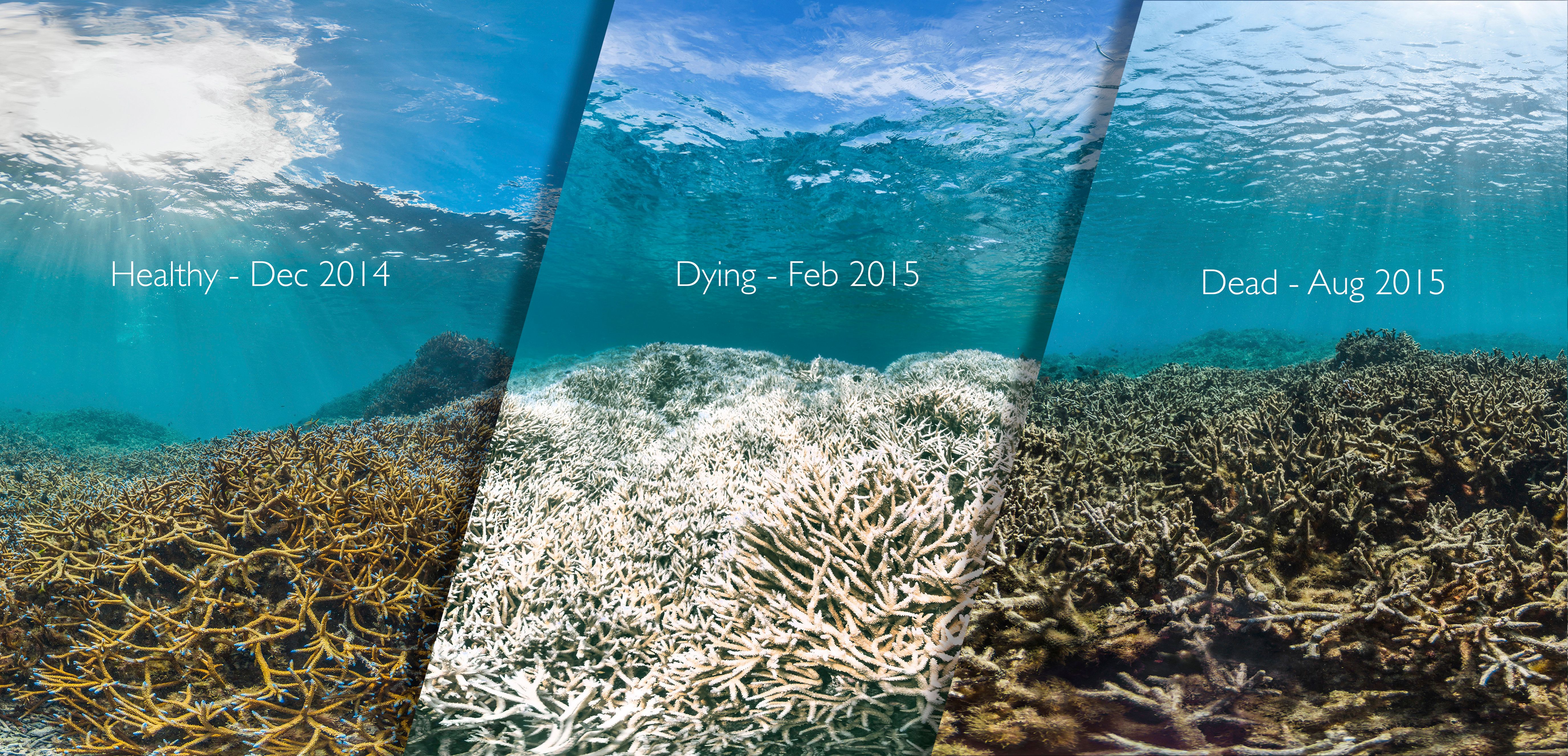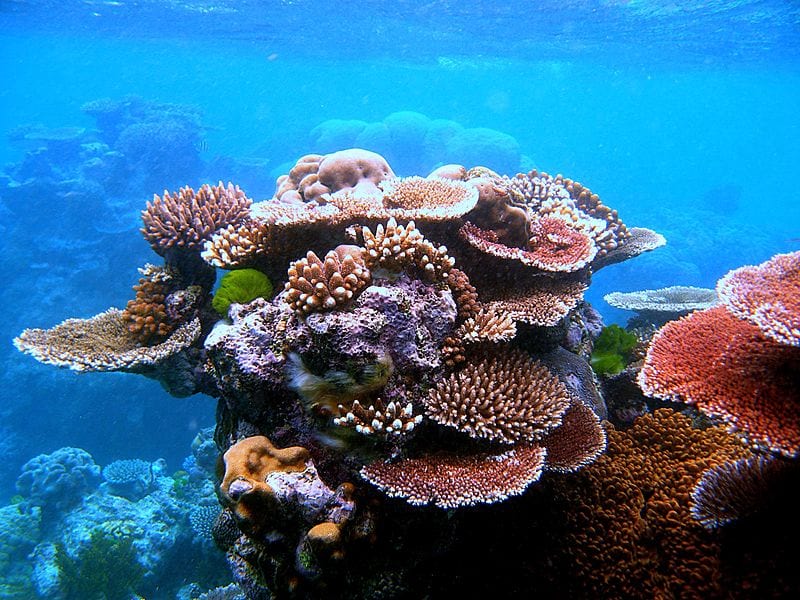Coral Bleaching
Coral Bleaching
Why Corals are good for us?
Not a lot of people know that corals have a big impact on our world. Not just the sea. They don’t just give sea life a home, it also provides food and income for many people, and provide major protection from the waves of the oceans during storms, stopping coastal erosion, and flooding that could possibly take away property or even damaging them, which could save humans millions of dollars. Corals are also good for medical reasons, literally. They are being used to fight many diseases such as fighting cancer, and HIV. With corals we could possibly find ways to fight more diseases and cure other cancers.
What’s happening to our corals?
Our corals in our seas are dying, rapidly. About 25% of our corals have been bleached and have died within 2016. It was in 1998, there was a major rise in heat, that killed 16% of corals around the world because of the El Nino that year. It was declared the first major global bleaching event.
It was in 2005 that we lost half of the Caribbean corals due to the bleaching event. And it is all because our waters our warming up. Everywhere, not in just one place. Satellite data from the last 20 years showing that thermal stress from the 2005 bleaching event was greater than the previous 20 years.
But NOT ALL of them are due to warm water. In January 2010, cold water temperatures in Florida Keys had caused a global bleaching that had caused some corals to die.The temperatures of the waters had dropped 12.06 degrees lower than the normal levels the water should be.
The third global bleaching was announced in October 2015, it was said to be the longest coral bleaching in history. Corals are dying, and very fast, all because the sea waters are warming up. Even though it’s only a degree or two (that’s a lot for coral and sea life, compared to us humans.) but because the waters temps are rising, sea life such as corals are striving to survive in these changing waters,and with the water temperatures rising is what is causing the beautiful white color that they turn into.
Coral bleaching is known to be the most visual indicator of climate change. If you look at comparisons from before a coral has bleached itself to after. The change is dramatic, and to watch time lapses of the corals eventually dying is very heart breaking. I have attached a before and after picture of a coral in its bleached state. The picture to the left is before it was bleached and the picture to the right is after it was bleached and then the picture to the very far right is the state in which it is dead. Although it is a beautiful white and pretty to see, it is suffering and working hard to live.

So what is coral bleaching?
Coral bleaching is when they become stressed. Corals become white because they expel symbiotic algae that lives in them, which causes them to turn white. Although they are not dead yet, they are still living, yes they can still survive the bleaching event but most do not due to the extreme stress that they are put under.

How can we help prevent coral bleaching?
There are many ways that we can help prevent coral bleaching. Such as you can support your reef friendly businesses, by asking them what they are doing to help support the reefs.
You can volunteer for reef clean ups. Even if you may not live near a reef. Take a vacation and visit one and see what you can do to help. Even just visiting and getting an idea what is happening can help so you can find ideas that can possibly help corals.
You can learn more about coral reefs. Find out how they are important to humans and our world. How they affect the animals in the sea and possibly outside of the sea.
Learn how they function and how they sustain themselves. Basically educate yourself on them and the situation that is happening to them.
A huge contribution that you can do is by not polluting. Don’t be one of those people that throw trash in the sea, if you look up videos you will see that animals will eat just about anything that looks like food to them. I saw a video where a turtle had a plastic straw up its nose. Luckily people came around and helped out the poor animal, but other animals are not so lucky and will die by eating buckets, plastic bags, or the rings from soda cans and eventually dying because their digestive system won’t digest it.
These are just some of the hundreds of ways to help the coral reef system. Even just the little things can help save the animals and the coral life in the sea. Without our corals there will be no medicine and probably not a lot of sea life left, considering that they are homes to millions of animals not just fish, but to turtles, to sharks, to octopuses. Without them sea life really won’t be able to live, plus we would lose such beauty in our underwater world.
If you want to stop coral bleaching, find ways to help out and contribute to our world and sea. There are hundreds of ways to help out, just like the one that i found above. If we can help little by little we can probably slowly help the earth grow and become happier. WE AS PEOPLE would be happier I bet, our world would be having less issues and our animals would be happier as well. They wouldn’t be swallowing plastic and wouldn’t be eating buckets, we could make a difference. YOU could make a difference, even just by the little things.
If you would like to learn more about coral bleaching and how you can help I have provided some links below that would possibly help you educate yourself a bit more. Coral bleaching is a big issue and needs to be addressed.
Please leave a comment and your opinion on what you think, your feelings on the situation and maybe some ideas that could help! Thanks!
https://oceanservice.noaa.gov/facts/coral_bleach.html
http://www.blue-oceans.com/index.php/environment/marine-science/coral-bleaching/25-ways-to-prevent-coral-bleaching
